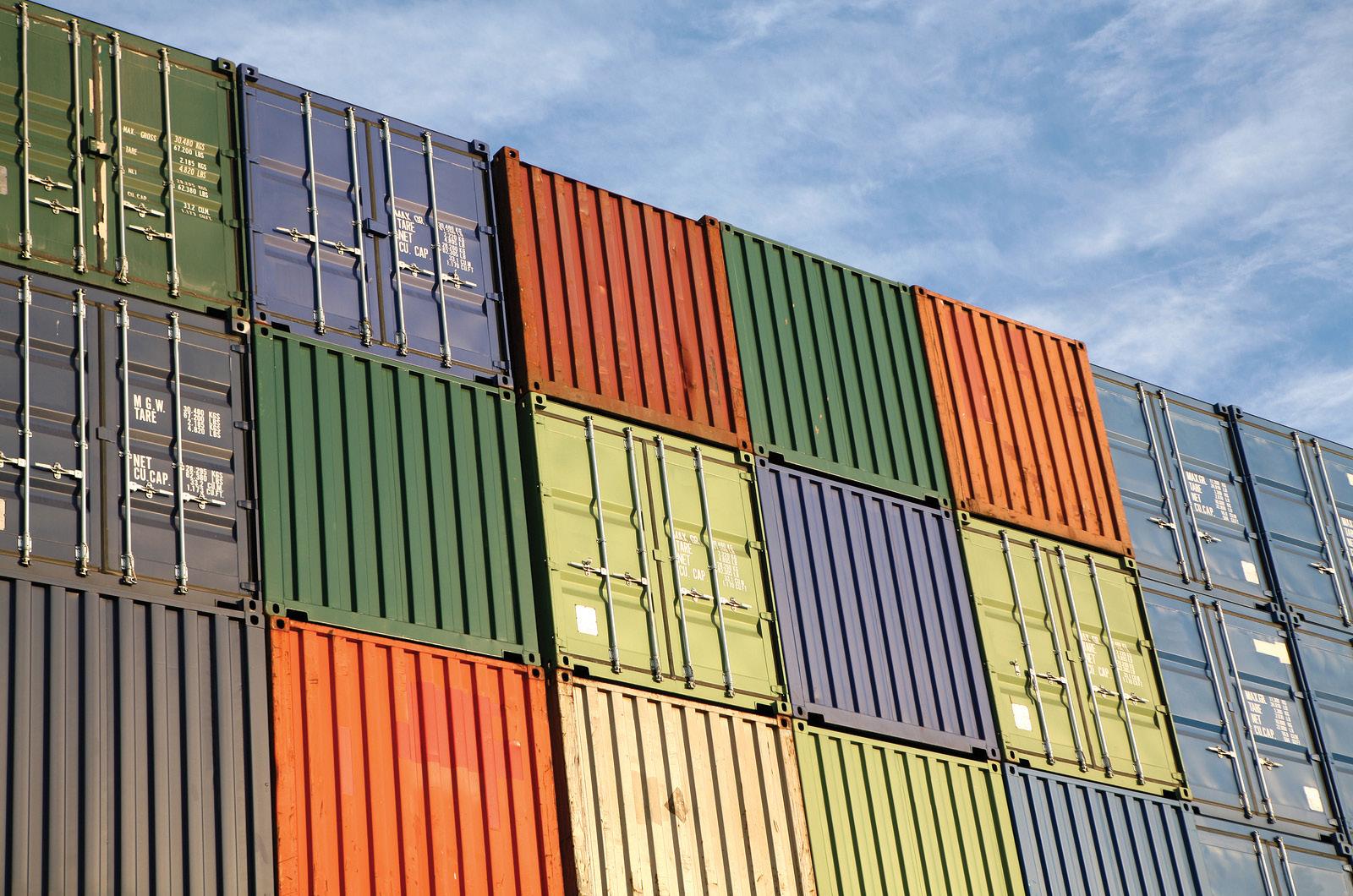
6 minute read
Topic Area 3: Increasing Continuity in Supply Chains
from Global Leadership at a Crossroads: Are we Prepared for the Next Pandemic? SECOND EDITION
by Texas A&M School of Veterinary Medicine & Biomedical Sciences
INCREASING CONTINUITY IN SUPPLY CHAINS The Threat of Supply Chain Disruption Today, it is possible to travel across the world in 24 hours. People and goods can be transported to the farthest corners of the globe at speeds that were unimaginable a century ago. Not only can goods and people move rapidly, but they can move reliably. That is to say that if you are boarding an airplane or a company is placing a container on a cargo ship, there is an exceedingly high probability that, in both situations, the person or cargo will make it to the intended destination within the intended time frame. Innovations of transportation have made it possible for people to explore the world and have changed the structure of the global economy simultaneously. As speed and efficacy of trade movement increased, it was no longer economically advantageous for a country to produce all the goods and services that it needed. Rather, the idea of comparative advantage—meaning the ability of one country to carry out a particular economic activity more efficiently than another—took hold in the global economy, and countries began to narrow and
streamline production. With comparative advantage, a country must weigh the opportunity costs of producing items they make less efficiently to determine if it is of economic benefit to keep producing them. Most times, the answer is no. These cost/benefit analyses have led to specialized economies and specialized production throughout the world. It is a phenomenon not only occurring with goods like food or cars but also pharmaceuticals and medical equipment. As Rodriguez, Luke, & Osterholm (2017) explain, “The global economy has been favored by the exploitation of comparative advantage and a tighter management of supply chains. Inventories are kept to a minimum. Virtually no production surge capacity exists. As a consequence, most markets depend on the timely delivery of many critical products (such as pharmaceuticals, medical supplies, food and equipment parts) and services (such as communications support).”
Advertisement

While this is economically beneficial, the new structure of our global economy increases the risk of catastrophe. It is important to note, however, that not all supply chains are created equal. A disruption in the automobile supply chain does not have the same impact as a disruption in the supply chain of insulin. Disruption in one means a shortage of cars on the market. A disruption in the other means a shortage or unavailability of vital insulin for diabetics. The supply chain disruptions we focused on in this white paper are ones like the latter. They are the ones that would create significant, life-threatening circumstances, if they were disrupted by a pandemic. When the public or government officials think about pandemics, supply chains rarely come to mind. Instead, the focus of pandemic preparedness and response is centered on morbidity and mortality as well as disease control measures. Possible supply chain disruptions rarely enter the conversation. But they should. Disruptions resulting from a pandemic could lead to increases in mortality, some of which would be preventable with the right supplies and equipment. To this point, in his 2017 book titled The Deadliest Enemy: Our War on Killer Germs, Osterholm explains that “virtually all of our generic lifesaving pharmaceuticals are manufactured overseas” (p. 63). In addition to overseas production of pharmaceuticals, the majority of N95 masks, which are respiratory masks designed to filter out airborne particles, are made in China. The impact of Hurricane Maria on the supply of small bag IV saline provides a glimpse into the potentially devastating effects of disruptions in critical supply chains. The hurricane knocked out electricity to Puerto Rico, which effectively shut down the three Baxter International plants
located there. The IV saline bag shortage that followed meant that nurses in some hospitals had to administer drugs slowly through syringes, which is a time consuming and much more dangerous process (Sheridan, 2017). Other hospitals even resorted to the use of Gatorade for patient rehydration (Fox, 2018). With the vast majority of our pharmaceuticals and medical supplies produced outside the United States, any disruption in the supply chain could have dramatic and deadly consequences during a pandemic. How Does Disruption Occur? The most obvious way that pandemics impact supply chains is through absenteeism. Absenteeism refers to the rate at which employees are missing work either because of their own illness or because of the illness of a family member. During a pandemic, it is inevitable that the rate of absenteeism in the workforce will rise. The impact, however, will depend on the ability of the company or sector to cope with the reduced workforce.
A report from the National Infrastructure Advisory Council in 2007 found that 87% of health sector emergency service workers are deemed critical. This means that with an employee absentee rate of 13% or more, emergency services would be unable to respond to all individuals in need of assistance, which could increase mortality rates. In the transportation sector, the majority of supplies are transported by rail or truck. With an absenteeism rate of roughly 14%, the largest rail yards in the United States would begin to experience a backlog, resulting in noticeable delays (DHS, 2015). With regards to the trucking industry, its highly decentralized nature means that the majority of trucks are run by small companies. These companies are especially vulnerable to absenteeism, and as few as five sick employees could halt the company’s operations entirely (DHS, 2015). At any given time, there are roughly 60,000 large cargo ships transporting freight across the world (Osterholm, 2017). Additionally, aircrafts transport 9.54 million tons of freight globally every year (Osterholm, 2017). Components of our critical medical infrastructure are almost always in transit. This danger is eloquently summed up by Osterholm (2017) as he explains, “Today, we live in a just-in-time-delivery economy where virtually nothing is warehoused for future sales, let alone stockpiled for a crisis situation. Not even the parts and components necessary to manufacture these critical supplies are warehoused and stockpiled. When a rolling global pandemic takes its toll on the working

population of a city in Asia, for example, the products and supplies that come from that city—and perhaps nowhere else—that we need to respond to a rapidly growing pandemic will not be available. No amount of money can buy something that doesn’t exist” (p. 53).
RECOMMENDATIONS
7. Understand our critical supply chains Supply chains are complex and often operate in the shadows. Few people think about the process that gets their food to the grocery store or, prior to Hurricane Maria, knew that almost half of America’s supply of small bag IV saline was produced in Puerto Rico. The majority of the time, these supply chains involve multiple Increasing Continuity in Supply Chains
countries and transportation methods. In circumstances where products are made in one country or location, it is important that the United States looks into ways to diversify production to reduce the risk of supply chain disruption. This diversification cannot take place, however, until we fully understand where our critical supplies are made. An analysis should be conducted to first determine which of our supply chains are critical and then outline all of the components, choke points, and potential threats to those supply chains. Until there is identification of what our critical supply chains are and an understanding of how they operate, the United States will not be able to adequately prepare for potential disruptions.











